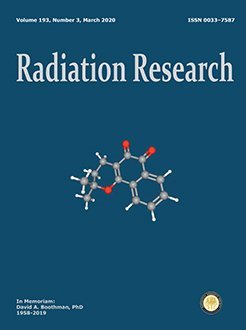NanOx is a biophysical model recently developed in the context of hadrontherapy to predict the cell survival probability from ionizing radiation. It postulates that this may be factorized into two independent terms describing the cell response to two classes of biological events that occur in the sequence of an irradiation: the local lethal events that occur at nanometric scale and can by themselves induce cell death, and the non-local lethal events that lead to cell death by an effect of accumulation and/or interaction at a larger scale. Here we address how local lethal events are modeled in terms of the inactivation of undifferentiated nanometric targets via an “effective local lethal function F”, which characterizes the response of each cell line to the spectra of “restricted specific energy”. F is initially determined as a linear combination of basis functions. Then, a parametric expression is used to reproduce the function's main features, a threshold and a saturation, while at the same time reducing the number of free parameters. This strategy was applied to three cell lines in response to ions of different type and energy, which allows for benchmarking of the α(LET) curves predicted with both effective local lethal functions against the experimental data.
How to translate text using browser tools
4 February 2020
Determination of the Effective Local Lethal Function for the NanOx Model
Caterina Monini,
Micaela Cunha,
Laurie Chollier,
Etienne Testa,
Michael Beuve
ACCESS THE FULL ARTICLE

Radiation Research
Vol. 193 • No. 4
April 2020
Vol. 193 • No. 4
April 2020




